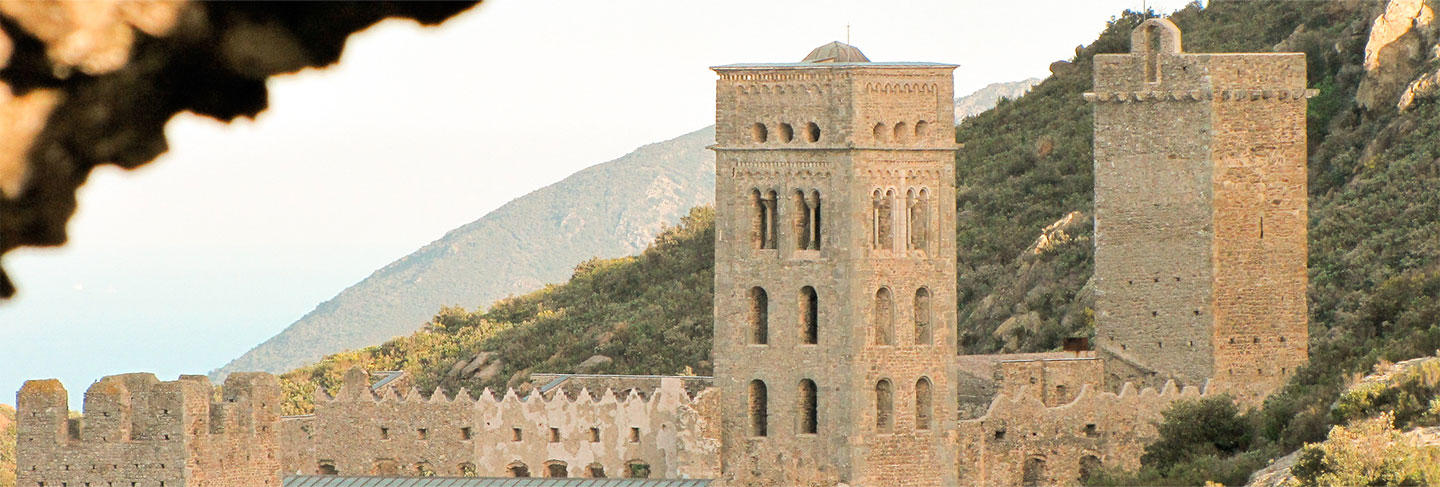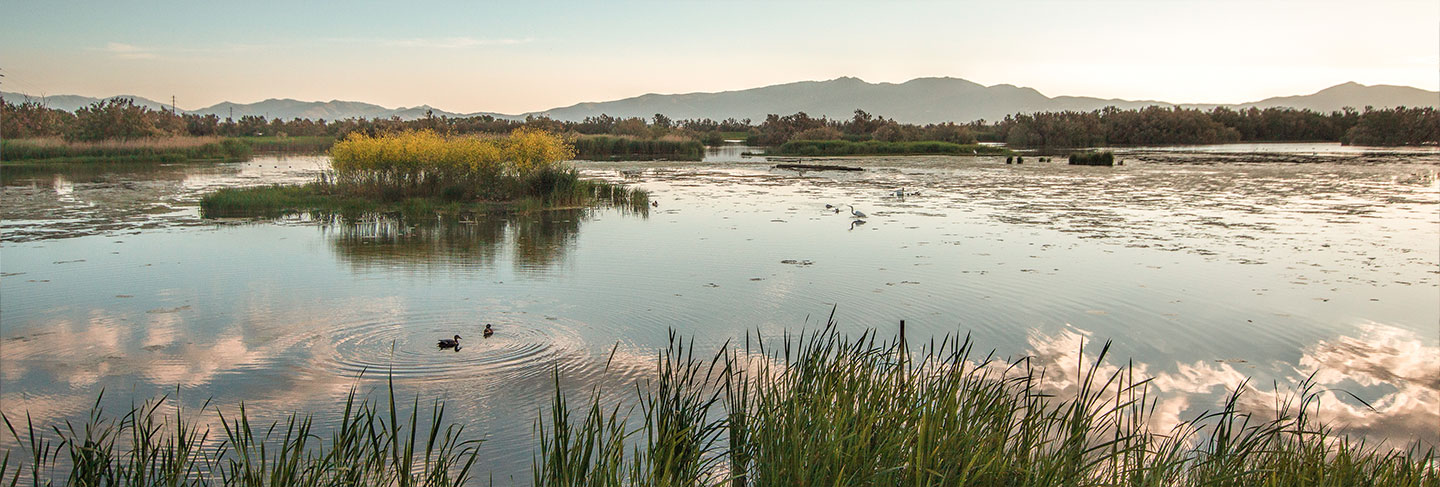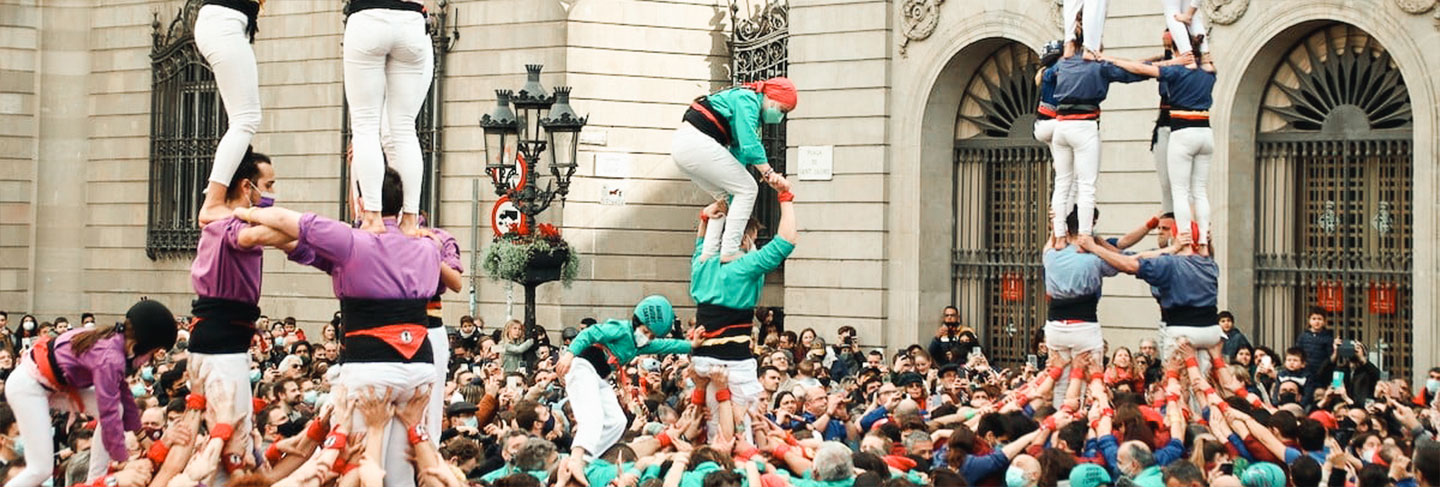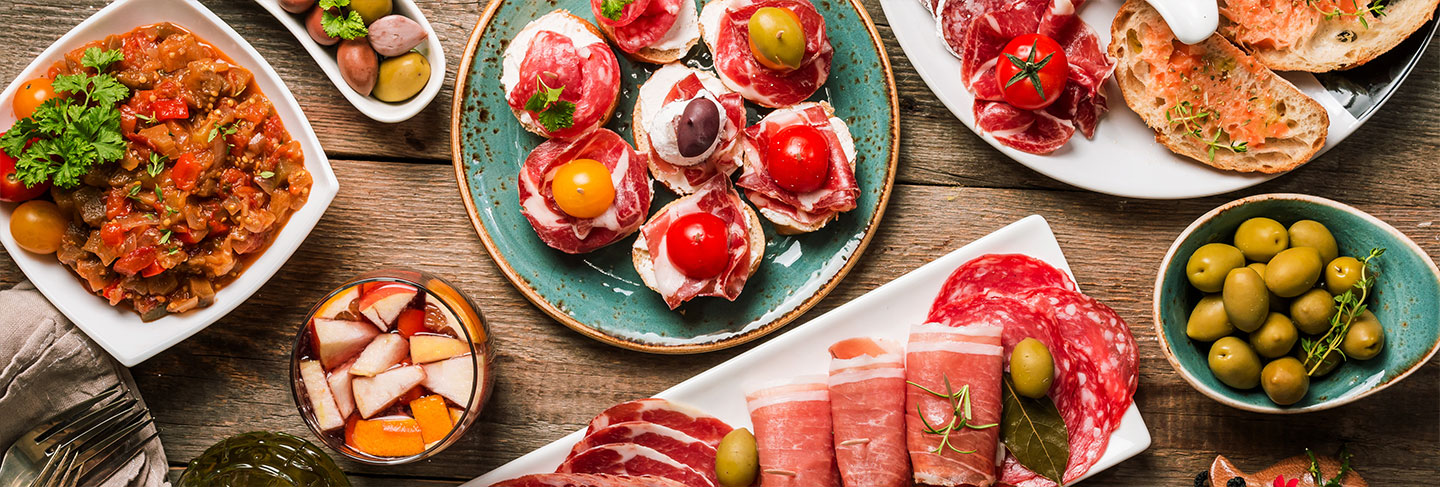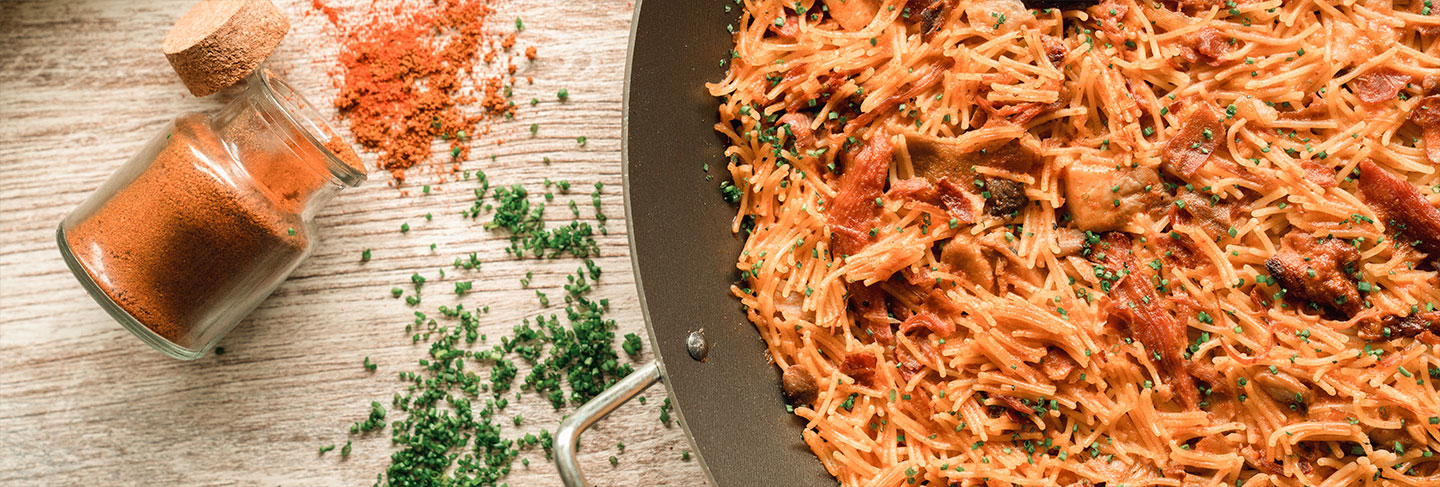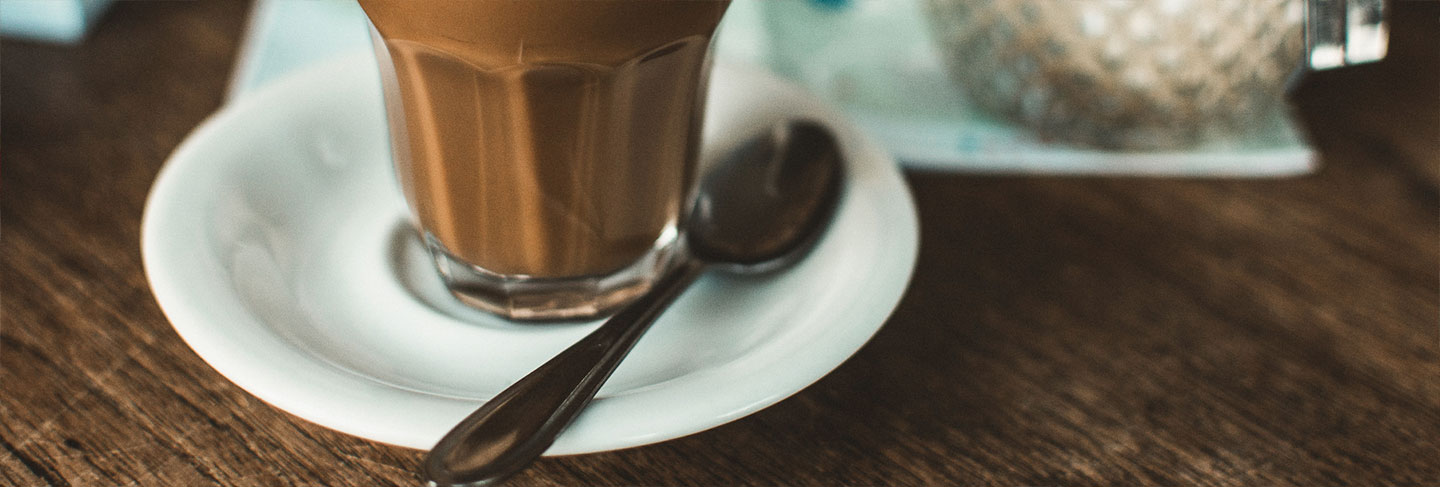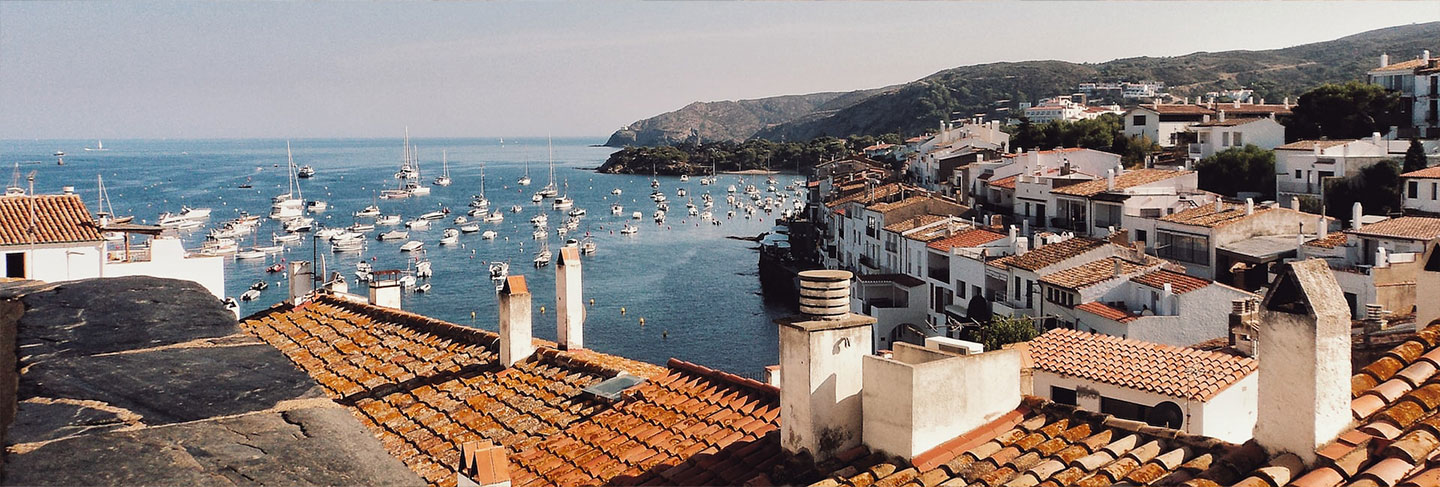Due to its geographical location, the Costa Brava has historically been the portal to a large number of towns and for diverse influences that have left an indelible cultural mark.
As a result, it possesses a well-preserved cultural heritage, which enables us to trace its history from the arrival of Greek and Roman cultures in Empúries, until the popularisation of Salvador Dalí’s pictorial art, with his Museum in Figueres.
Ancient castles and fortresses, medieval architecture, archaeological sites, and prehistoric caves are some of the cultural elements that shed an interesting light on Mediterranean culture.
If you don’t know where to start, we advise you to visit Sant Pere de Rodes monastery in Port de la Selva, Peretallada and Girona’s medieval constructions – all offer cultural outings not to be missed.
Furthermore, to discover Costa Brava’s artistic heritage and understand Dali’s work, you must first visit Cadaqués, his source of inspiration, and then walk to Portlligat and take a walk around the Salvador Dalí House-Museum, where you will be able to see the eccentric works amongst which the genius lived.
Then, we encourage you to go all the way to Figueres, Dali’s hometown, where you can visit the unmissable Dalí Theatre-Museum, the largest surrealistic object in the world.
This route is a must for those of you who are interested in art, as it provides a fascinating insight into Salvador Dalí’s artistic journey and the influence he had upon both modernism and wider Mediterranean art.
Regarding Costa Brava’s natural heritage, in addition to the magnificent coastline and the enchanting landscapes of the Empordà plain, the regions around Girona boast some wonderful natural parks, such as Cap de Creus, Aiguamolls de l'Empordà or Montgrí-Illes Medes, where you will come face-to-face with a huge variety of flora and fauna.
Costa Brava is also home to botanical gardens of great beauty located by the sea, such as the clifftop gardens of Santa Clotilde in Lloret de Mar, or the Cap Roig Gardens, between Palafrugell and Mont-ras.
All in all, the Costa Brava is blessed with a diverse natural heritage which includes many different plant and animal species.
The Costa Brava holds various festivals, amongst which the two most popular are The Cap Roig Festival, held in the botanical gardens of Cap Roig, and The Castell Peralada Festival, which takes place in the gardens surrounding the Peralada Castle. These performances occur during July and August and host a mixture of international and local artists, drawing both curious tourists and enthusiastic locals alike.
As for traditional festivities, the Eve of Sant Joan, celebrated on the 23rd of June, is one of the most popular. A traditional cake, coca, is eaten by Catalans, who later gather around bonfires at the beach and share drinks while watching the colourful fireworks shows. These parties usually continue until sunrise.
During local festivities it is common for shows, concerts and dances to take place. An example would be the singing of habaneras, that occurs during Summer, mainly in the coastal village of Calella. This style of music was brought to Catalonia in the nineteenth century by sailors returning from Cuba and is sung nowadays by professional and amateur singers alike who organise “Cantadas” (Singing of Habaneras)
You may also see locals dancing sardanes to a rather reedy sounding woodwind band. This is a typical Catalan dance which is danced in circle while holding hands, and originated in the historical region of Empordà, although it became popular throughout Catalonia during the 20th century.
Sardanes take place all-year round, however, they are more common during the warmer months.
Finally, most typical festivities hold colles castelleres, during which teams of people build towers by syanding on one another’s shoulders known castells (castles).
The tradition of building human towers in Catalonia has existed for over 200 years, and nowadays, it is common that, during local festivities, several colles castelleres attempt to build their tower.
This region is home to many Catalan and Spanish traditions, rooted in the local way of life. Here are our tips to become a true Catalan and discover the Costa Brava through the eyes of a local!
Share food and go on a tapeo: There is nothing more typical than a group of Spanish people sitting around the table with tapas (small plates full of delicious dishes) and cañas (small glasses of beer).
This is typical in the Costa Brava too. Therefore, act local and order several small plates with different specialities to share with your friends and family!
Get used to the local mealtimes. Everything in Spain starts later than it does in other European countries - particularly meals. Therefore, if you want to blend in with the locals, forget about having lunch before 2 and having dinner before 9pm. Furthermore, be aware that between 4 and 8 pm, many restaurants are closed!
Have a fideuà for lunch: Fideuà is the Catalan variation of paella, made with thin noodles - instead of rice - and a special seafood broth. Although you will see many tourists enjoying this dish for their late dinner, every local will tell you that it is too heavy to eat it at night.
Drink a cortado after lunch: Surprised that you ordered a coffee after your meal and the waiter brought it on a smaller cup, with little amount of milk? It must be a cortado, smaller to a regular coffee and with less milk, it is typical in Mediterranean culture to drink after finishing lunch or dinner.
Have a siesta after a filling lunch: A siesta is a short nap taken in the early afternoon, often after the midday meal.
It is a common tradition in some countries, particularly those where the weather is warm, and where it is common to have a heavy intake of food at the midday meal, like in Spain. Sounds strange? Well, once you try a siesta, you will understand why it is so popular!
The Costa Brava has traditionally been a muse for both authors and film-makers. Great books and films have taken place here, with the region even becoming something of a retreat for stars such as Orson Welles, Elizabeth Taylor and Ava Gardner.
If you want to fantasise about love and romance whilst visiting Tossa de Mar from your couch, then watch Pandora and the Flying Dutchman, a 50s classic starring Ava Gardner. This film offers a beautiful introduction to the Platja Gran, the Mar Menuda and the Codolar, as well as the walled area of the village, La Torre de l'Homenatge and the church of Sant Vicenç.
As for literature, the Chilean author Roberto Bolaño, considered one of the most important Latin-American authors, set a number of his novels in the region of the Costa Brava. One of them was The Third Reich, where the protagonist is a young German who spends his holidays on the Costa Brava, which Bolaño knew well from his time living in Blanes. As the title suggests, the theme of Nazism, common in his work, is present in this novel, combined with a detailed description of the setting: the sun-drenched beaches of the Costa Brava.
Finally, there have been more recent productions shot in the Costa Brava, such as Perfume, by Tom Tykwer, and the popular American series Game of Thrones, both of which used towns and coastal villages in the area as sets.
